How to attach an action camera to a helmet?

In order to capture the bright moments of life, you need an action camera that will create high-quality photos and videos in any extreme conditions. Manufacturers offer users a wide range of mounts for such devices, including those with a helmet attachment.... Consider the rules for their installation, as well as some of the recommendations of experts.
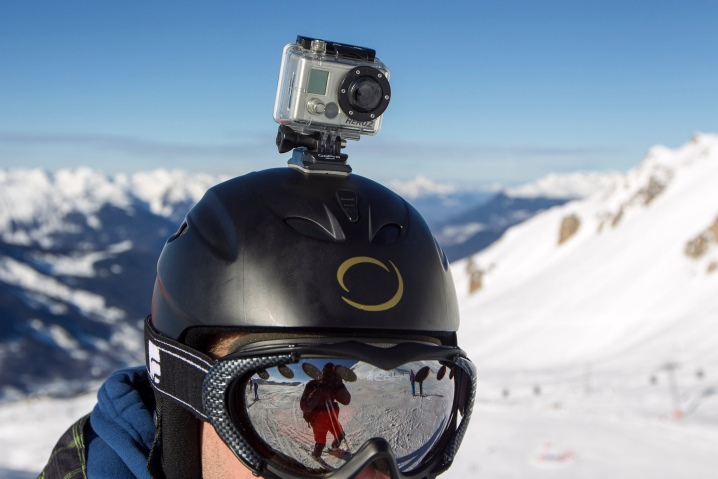
Helmet mount types
The level of dynamic and high-quality video depends on the mounting option. The most common option for fixing an action camera is the location of its on the helmet... Thus, freedom of action is provided and an excellent viewing angle is provided. The mount is suitable for motorcycle helmets, bicycle and ski helmets or skateboarders' helmets.
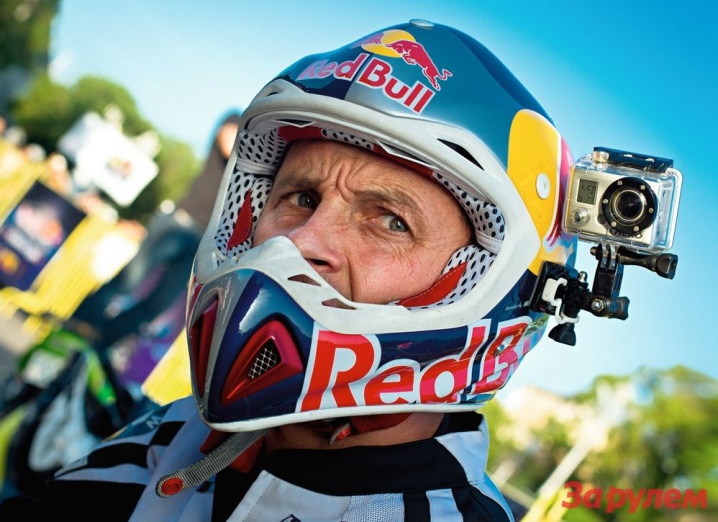
There are different types of fixation.
- Straps... Elastic straps or elastic bands are threaded through special holes on the helmet, thus fixing the camera.
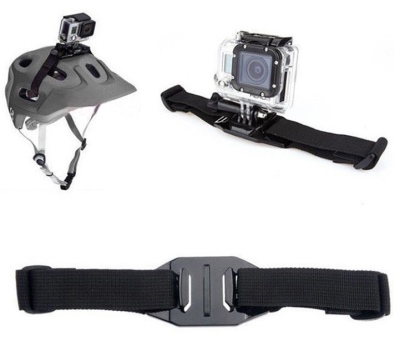
- Articulated mounting option used to obtain a wider viewing angle. The fastener has the ability to rotate 360 degrees.
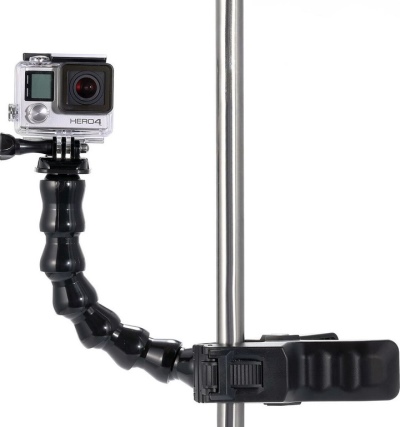
- Extension makes it possible to remove the camera from the helmet using a special design.
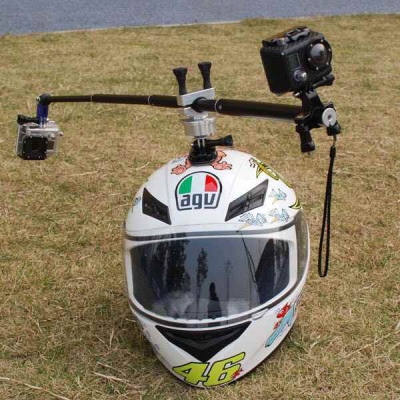
- Adhesive platform... The adhesive mounts provide a secure fit for the camera. In this case, the retainer can be used in strong winds or precipitation.
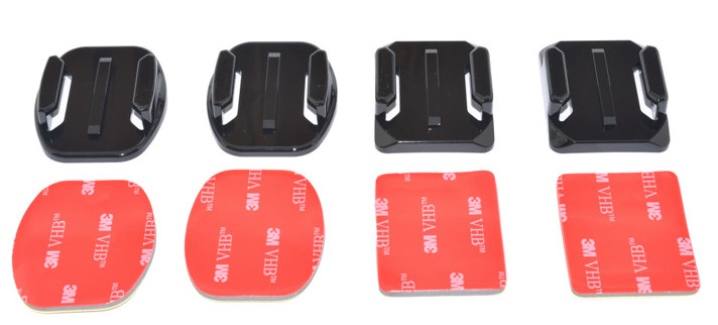
Cyclists and skiers most often choose fastening platform in the form of straps and elastic bands. And also for the helmet, you can use the fasteners on Velcro... Such options make it possible to change the position and viewing angle. Universal holders suitable for various models of helmets and action cameras.

Retainers with ventilation holes made for ski helmets. They use straps made of elastic material, which are threaded through the holes and fixed. This option can be used for bicycle helmets and skateboarders' helmets. But it should be borne in mind that this the type of fixation is not applicable to motorcycle helmets. In this case, choose a kind of stand, which is fixed to the surface of the helmet using double-sided tape. The swivel mount allows the camera to rotate 360 degrees. And also the device has a special knee to change position.
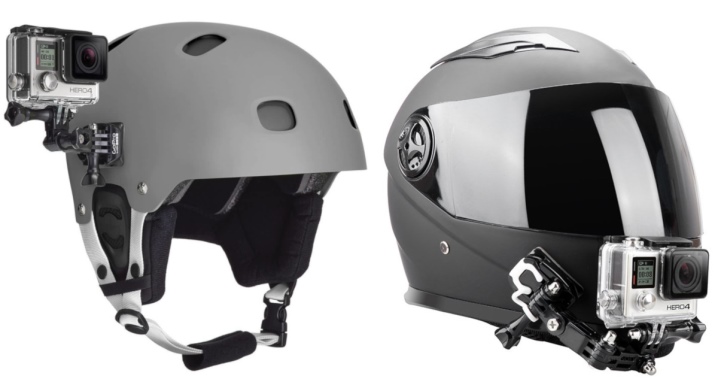
For motorcycle helmet you can choose fixation with a turntable. There are headbands and helmet clips. For extreme conditions, special latches.
Hinge fasteners can only come off on impact. In order not to lose the device, it is fixed safety rope.
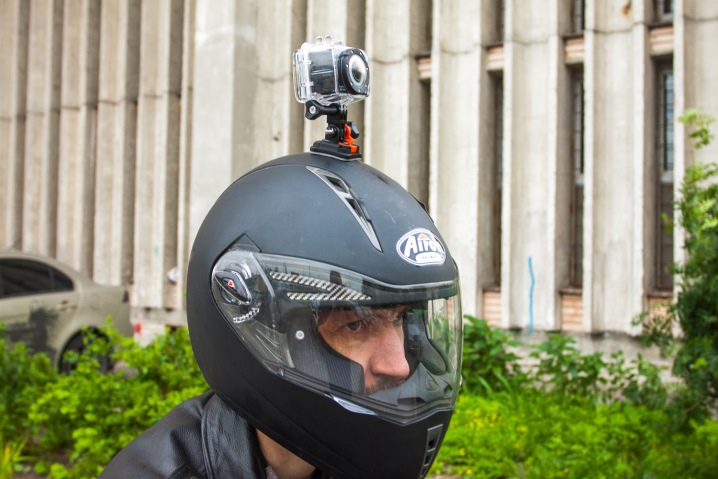
To place the retainer on the top of the helmet, choose a J-clip mount. The fixation will provide an increase in the distance from the mount to the camera, and the helmet will not obstruct the view.
There are remote platforms. L-shaped design is equipped with knee to remove the camera. It is used in cases when it becomes necessary to remove oneself. Fastening is provided by an adhesive platform. Can also be attached to Velcro platforms extension... The design will not only allow you to shoot yourself, but also capture everything that happens in the background into the frame.
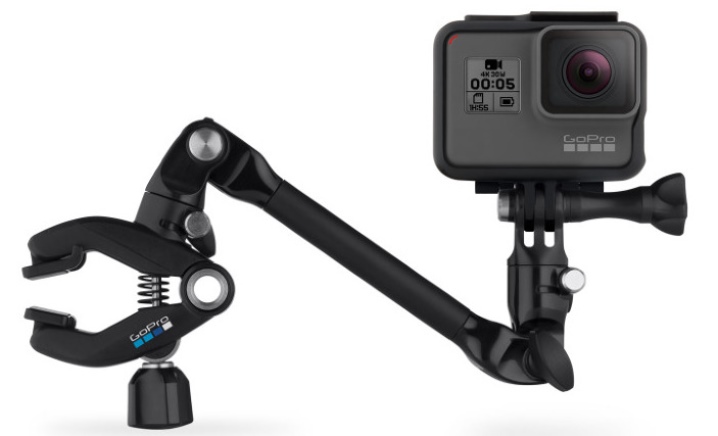
Installation rules
Before attaching the device, it is necessary to choose a place on the surface of the helmet, where the maximum contact of the retainer with the helmet will take place. Many models of safety helmets have an embossed surface. The relief can be bypassed by cutting off some parts of the adhesive platform of the retainer. This will give the best grip.
You shouldn't mount the camera far at the back of your head. You need to choose a place for the optimal camera angle.
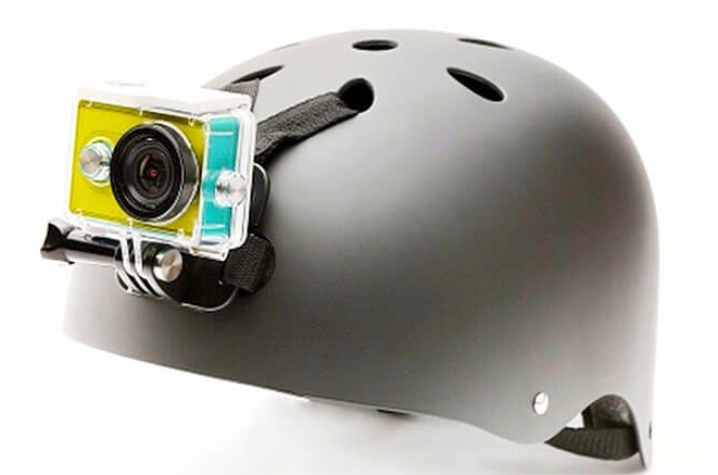
Before attaching the latch, you must clean the helmet. To do this, use a cotton pad or rag soaked in an alcoholic liquid. Strong solutions are not recommended. This could damage the coating. Such a procedure before fastening will provide a more reliable fixation on a degreased and clean surface. When using adhesive backed clamps, the manufacturer's instructions must be followed closely.
When installing the fasteners, you must press them against the helmet. This should be done carefully and the pressure should be adjusted. It is necessary to hold the device for half a minute. You need to make sure that the contact of the retainer with the surface was as tight as possible. After that, the helmet is left for a day to completely dry the glue base.
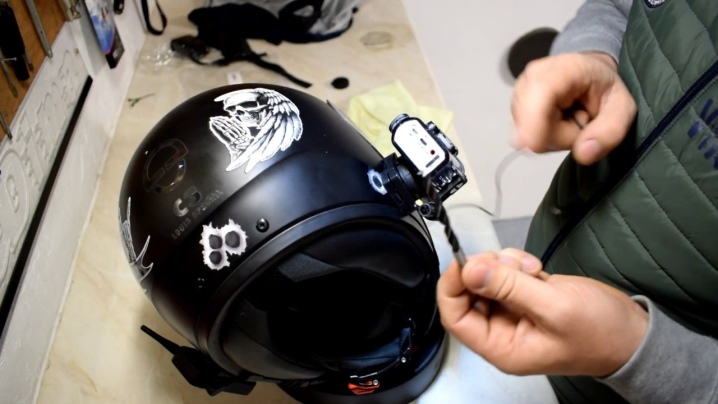
The easiest way to attach your action camera to ski and bike helmets. They have special holes through which a belt with fasteners is threaded. The holes are located at the top or side.
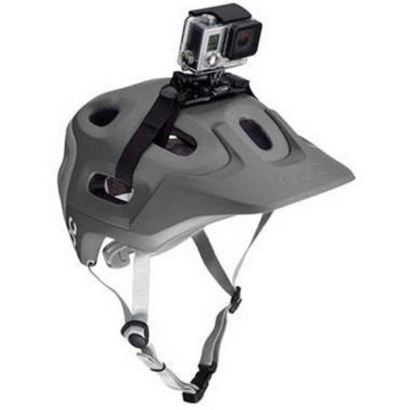
Tips & Tricks
When choosing a holder for an action camera, it is recommended to additionally purchase set of self-adhesive bases and belts for belay. If there is a moment when the device can suddenly fall off the fastener, then an additional strap will prevent it from falling. The safety base, like the platform, must be selected on scotch tape 3M. When placing the safety base, you need to choose the optimal distance, which is selected based on the length of the belay cable.
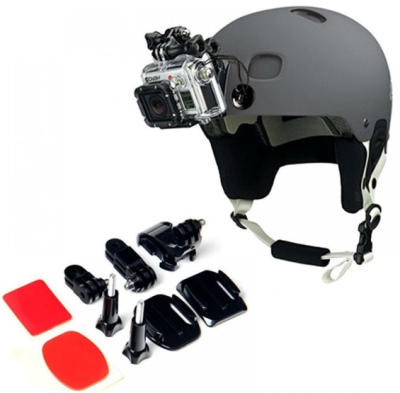
When choosing, you should pay attention to the presence of rubberized elements. The rubber base prevents the catch from sliding off.
Suitable for helmets curved platform. A high-quality platform provides a secure mount for the action camera and eliminates unnecessary vibration. At the same time, it makes the picture and video clear and pleasant to watch. Do not be afraid that the mount will fly off or come off. During production, the devices are tested at speeds up to 300 km / h. In addition, these mounts are very reliable in use underwater.
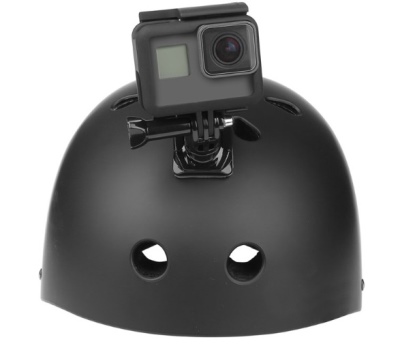
Action cameras allow you to shoot quality content in any conditions. For reliable fastening of the device, special clamps are used, which differ from each other in the methods of fastening. The most convenient option is considered mount action camera on helmet... This will allow you to shoot dynamic videos while motocross, cycling or skateboarding. The choice of a platform depends on the direct purpose and conditions in which the device will be used.
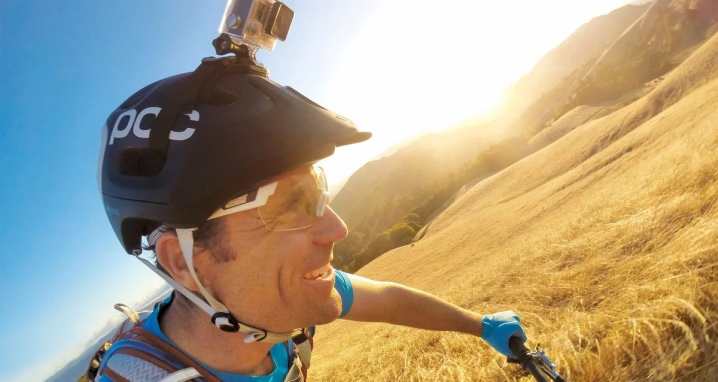
In the next video, you will learn how to properly attach an action camera to a ski helmet.













The comment was sent successfully.